Content from the Brookings Institution India Center is now archived. After seven years of an impactful partnership, as of September 11, 2020, Brookings India is now the Centre for Social and Economic Progress, an independent public policy institution based in India.
Senior Fellow Shamika Ravi was a panellist at the 5th Plenary of Day 2 at the Inclusive Finance India Summit 2016, held on December 6, 2016.
Shamika Ravi described why most microcredit borrowers are women. She shared a story of the Grameen Bank from a gender perspective. When Grameen Bank started, 40 per cent of clients were women. By the year 2000, it was 95 per cent. This is because over time, women were repaying money and had become better borrowers. There is ample data to show that women became better borrowers, as they made more conservative investment decisions with returns. Women are not as mobile as men and tend to stick around the house, thereby being easy to catch. Women are also more susceptible than men to peer pressure.
Dr Ravi explained that there is a tradeoff between growth and social objectives. As institutions cater to women clients, they are more likely to attain social objectives such as eradicating poverty, lowering fertility rates, increasing consumption for children, helping children stay much more back in school, and improving health outcomes. Many social objectives are attained when clients are women. However, if growth is the overriding objective, then women’s businesses do not grow beyond a certain level. Therefore, individual institutions need to make the call about the mix of growth and social objectives that the institution is trying to aim. Microfinance in South Asia, especially India and Bangladesh, is related to a social objective but in Latin America it is more commercial. In Latin America, microfinance has become part of the mainstream financial sector and is well regulated. However, even there, one can see demarcations between institutions. There are essentially social institutions that cater to women. On the other hand, there are high growth institutions that choose IPOs and can raise capital from the market, increasingly catering to men.
Dr Ravi pointed that the onus to eradicate gender inequality and drive financial inclusion cannot be left to markets only but should involve non-market players such as donors. Non-market players that are very active in the financial inclusion space are constantly giving ideas and a lot of funds. There are many methods and institutions that are still very dependent on non-market capital. Donors need to ‘wake up’ and make gender a priority. Gender has to be part of donor annual reports and an active part of strategy moving forward.
Certain microfinance institutions that are going to places where gender indicators are better, is a matter of self-selection, to be sustainable. Those places where gender indicators are better are traditionally more developed. If growth, profitability or sustainability is the objective of the institution then it is natural to go to such market segments. However, if there are donors who can provide support, then microfinance institutions can reach out to markets where markets themselves cannot evolve. The onus is on donors as well as the government.
Shamika Ravi described her study of a microfinance institution that was selling insurance along with loans. The insurance covered the borrower and the spouse, thereby being gender agnostic. The microfinance institution was lending to men and women. This was a very nice setting. After the health insurance was rolled out and looking at the data after four-five years, the first lesson was that the claims-coverage ratio is very low. This clientele was likely not healthier than the audience present at the Summit and so there was no reason to believe that the claims-coverage should be low for microfinance clients. Selling insurance with no one filing claims is very good business, the IRDA should be flying red flags for the institution, Dr Ravi said. However, the issue is that the institution must contextualise such that the products are designed for a specific segment; mainstream health insurance cannot be sold to the microfinance segment.
The second lesson was from a gender perspective. If one looks at the claims-coverage for men, whether they were borrowers or spouses, the ratio was the same. Men were filing claims when they were falling sick whether they were borrowers or spouses. However, in the case of women, the only women who were filing insurance claims were borrowers. It almost seemed as if the spouses were ultra-healthy, which is not possible. For the spouses whose husbands are borrowers, coverage would not be possible given the dynamics of Indian households whereby men are never filing claims for their wives. One can then infer that either women do not seek healthcare at all, even when they fall sick and are not going to hospitals. Another inference could be that they might not be filing claims, although this is not possible as husbands would be smart enough to file an expense knowing that they can recover the expense. Such information suggests how skewed health seeking is and there is a strong gender component.
Shamika Ravi suggested a lesson for the industry interested in financial inclusion. The industry has to contextualise as they cannot sell a mainstream product to the microfinance clientele. However, the industry should also note that what they are selling to men cannot be exactly what they are selling to women as well, as learned from the case study. Therefore, the product needs to be enhanced with some kind of literacy model attached or some kind of sign up for a spouse. Such marginal interventions can make a significant difference, as far as one is concerned with using existing instruments.
Dr Ravi gave the following suggestions for the government. In the last two years, there has been a massive prioritisation of financial inclusion through the government. While the RBI, the central government, and the states in the past have discussed financial inclusion, nothing has come out at the scale of the PMJDY. The government has opened crores and crores of bank accounts under the whole vision of financial inclusion. There is the JAM Trinity – Jan Dhan which is linked to the Aadhaar, which is then going through the mobile; the connectivity is going to make financial inclusion feasible. Gender is a critical component to this. The JAM Trinity can be set out but one can actually miss out on the women becoming a part of it. She suggested the following metrics:
- How many Jan Dhan accounts were for women across the states?
- How many women are enrolled in the Aadhaar system?
- Mobile connectivity – how many women are really connected?
Financial inclusion is moving ahead but the above metrics will help triangulate and give a sense of how well Indian women are positioned today to take advantage of policy and the dream of financial inclusion. In terms of the way the JAM Trinity is being rolled out, one needs to talk about women being part of it.
The environment affects all business decisions and policies. Earlier the environment was seen as an impediment, now it has become an intrinsic part of setting up business, and ease of doing business. When talking about financial inclusion, the gender lens has to be part of all major government plans. Shamika Ravi concluded that the government can start with the JAM Trinity.
Like other products of the Brookings Institution India Center, this report is intended to contribute to discussion and stimulate debate on important issues. The views are of the author(s), discussant(s), panellist(s). Brookings India does not have any institutional views.
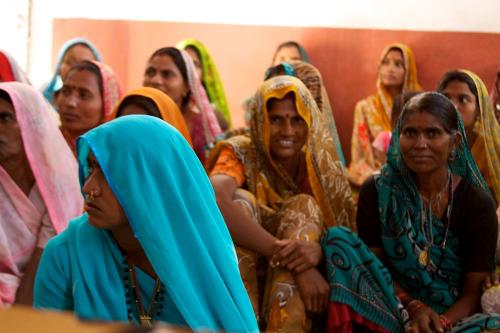
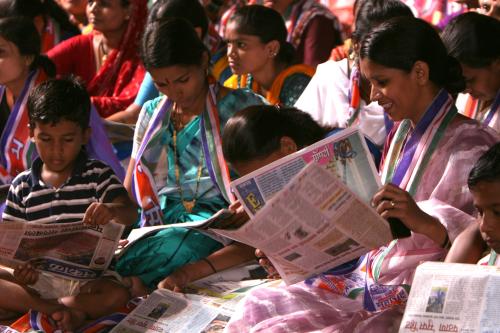
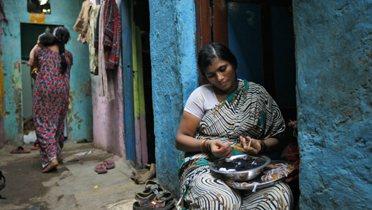

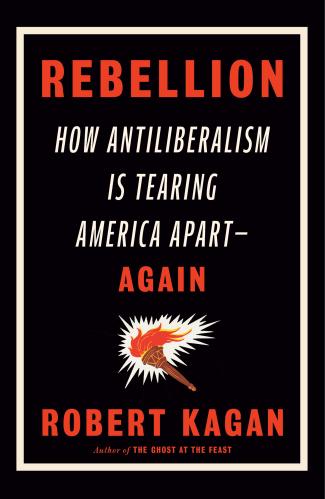
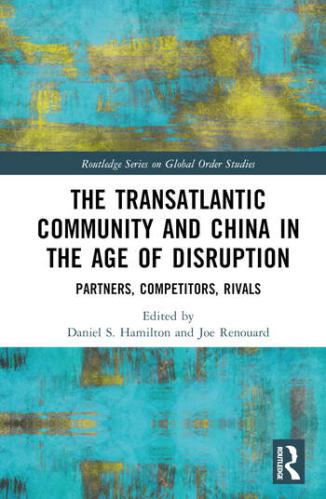
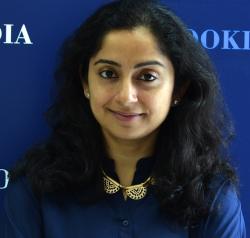


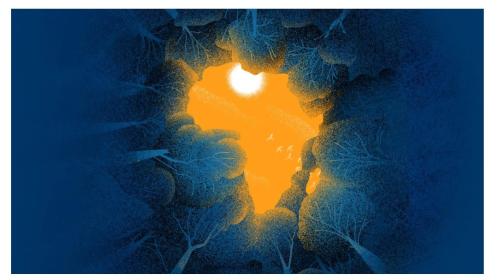
Commentary
Op-edA tradeoff between growth and social objectives exists for microfinance institutions – gender matters
Inclusive Finance India Summit 2016
January 20, 2017